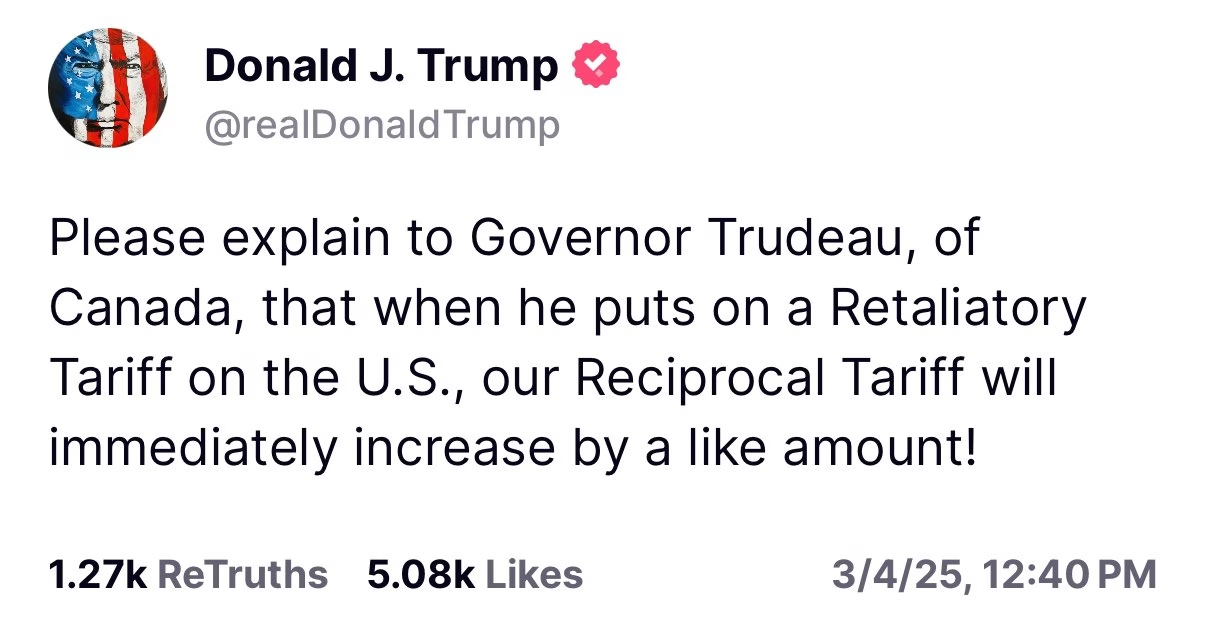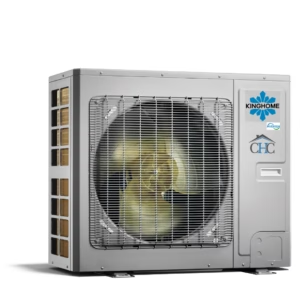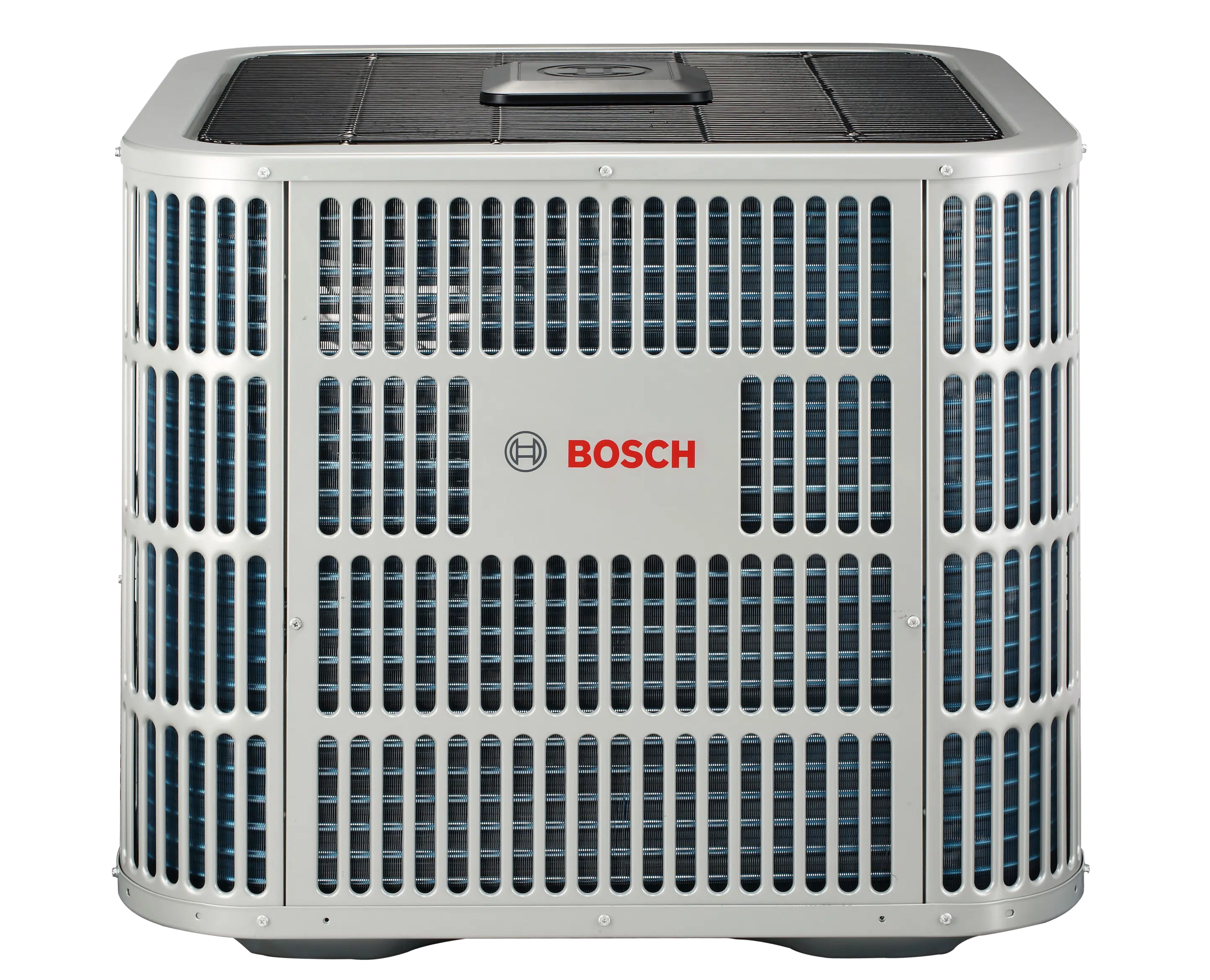Prepare for Trumps Tariffs 2025
How U.S. Tariffs Could Affect Canadian Homeowners
U.S. President Trump has announced a 25% tariff on all imports from Canada and Mexico, raising serious concerns for the HVAC industry.
This decision is expected to directly increase HVAC prices in Canada, as many heating and cooling systems rely on components manufactured in or sourced from the United States. With existing tariffs already impacting HVAC equipment costs—including those on Chinese imports and raw metals—this latest development could lead to even higher prices for Canadian homeowners looking to upgrade or replace their systems.
March 4, 2025. Tarrifs are live.
Equipment prices have increased
What This Means for the HVAC Industry
The heating and cooling industry has already been facing price increases due to regulatory changes, supply chain disruptions, and rising material costs. With the additional 25% tariff imposed on imports from Mexico and Canada, HVAC systems could see yet another jump in pricing.
Many HVAC brands—including Lennox, Carrier, Trane, Rheem, and Goodman—source parts or manufacture equipment in Mexico and Canada. Even though some equipment is assembled in the U.S., many of the internal components, such as fan motors, thermostats, and heat exchangers, come from tariffed regions. This means the cost of production for U.S.-made units will also rise, further increasing prices for Canadian homeowners.
Key Impacts on the HVAC Industry
Navigating Tariff Challenges
Increased Manufacturing Costs
Major HVAC brands rely on parts and equipment manufactured in Mexico and Canada. The new tariffs will significantly raise production costs, leading to higher prices for consumers.
Upcoming Regulatory Changes
With the 2025 refrigerant regulations on the horizon, costs were already set to rise. The addition of tariffs accelerates these increases, impacting affordability.
Increased Costs for Canadian Homeowners
The Impact on Canadian Homeowners
For everyday Canadians looking to upgrade their home’s heating or cooling system, these tariffs could lead to higher upfront costs. Many homeowners have been considering heat pumps as an energy-efficient alternative, especially with available rebates and incentives. However, if HVAC manufacturers pass on these new costs, consumers could see price hikes ranging from 10-30% in the near future.
Additionally, with Canada’s current Prime Minister historically responding to U.S. tariffs with countermeasures, we may see retaliatory tariffs on American-made goods, further complicating pricing.
Upcoming Tariffs: Why Acting Now Can Save You Thousands
Prepare for Rising HVAC Costs Before It’s Too Late
1. Beat the Price Surge
With newly announced tariffs on imported HVAC equipment and components, costs are expected to climb significantly. Lock in today’s pricing before these increases take effect.
2. Avoid Supply Chain Disruptions
High demand and supply chain delays could make it harder to find the right heating and cooling system at an affordable price. Upgrading now ensures you get what you need without unexpected shortages.
3. Take Advantage of Rebates While They Last
Current government and utility rebates make upgrading more affordable, but these incentives may be reduced or discontinued as policies change. Don’t miss out on potential savings.
4. Prevent Costly Breakdowns
Older HVAC systems are more prone to breakdowns, especially during extreme weather. Upgrading now ensures reliability, efficiency, and lower maintenance costs in the long run.
HRAI Advocates Against U.S. Tariffs on HVAC Equipment
Why Now Is the Best Time to Upgrade Your HVAC System
This price uncertainty makes now the best time to upgrade your HVAC system before costs rise further.















